Meet Chong Gua Khee, 29, Ric Liu, 46, Suhaili Safari, 33 and Inch Chua, 30, all familiar faces of Singapore’s performing arts scene. The four most recently collaborated on “Songs for Tomorrow“, as part of 2019’s Both Sides, Now Carnival . PETER BINGXUAN WANG chats with them about their craft, what inspires them, and the power of the arts for self-expression and social impact.
Please tell us more about you. What do you do and what does your job entail?
Gua Kee (GK): I’m an independent theatre director, facilitator and dramaturg. I work with different companies on various projects, with an emphasis on conversations and the potential that emerges from conversations.
Ric Liu (RL): I freelance in theatre-making and directing theatre. I am also a singer and photographer.
Suhaili Safari (SS): I’ve worked in theatre since the age of 17, and am presently a freelance stage actor. I also play in bands, most recently with The Psalms.
Inch Chua (IC): I’m a singer-songwriter, musician, producer and artist.
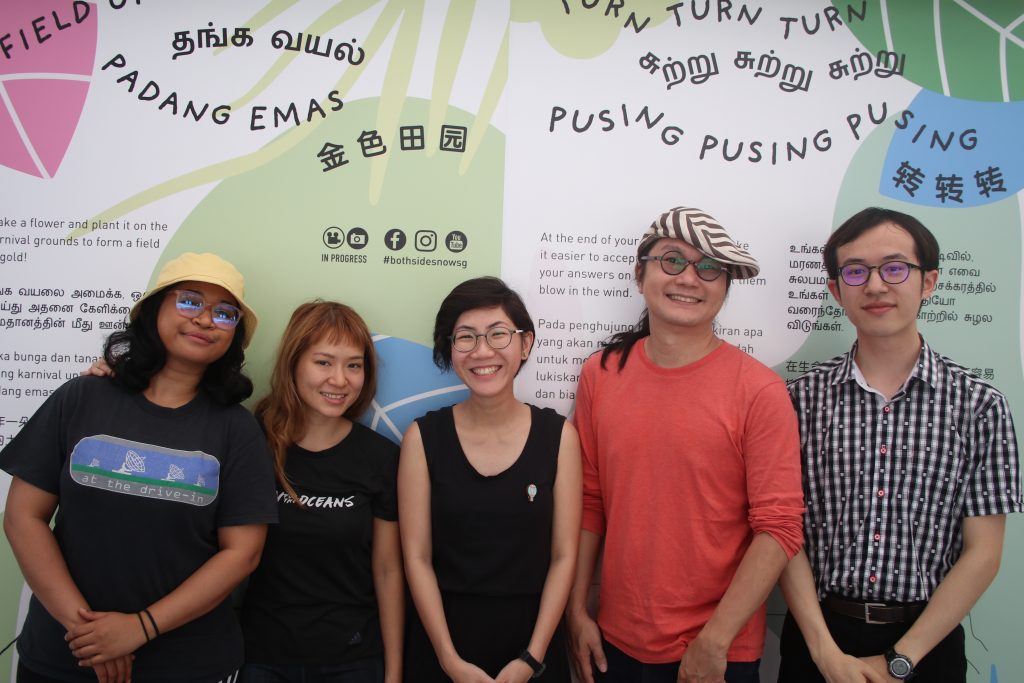
(Left to right) Suhaili Safari, Inch Chua, Chong Gua Khee and Ric Liu, with Peter Bingxuan Wang.
Walk us a little through your journey: did you have artistic ambitions from a young age?
GK: I wanted to be a counselling psychologist, so I majored in psychology at university. But I was also involved in theatre and pretty soon that took over my life. Even though I really love psychology, theatre activates me both cognitively and viscerally, and I can connect with it on a deeper emotional level. For that reason I decided to pursue theatre as a career.
RL: When I was a kid, I aspired to be an astronaut, but I gave up on the idea after realising that Singapore does not have a space station. Growing up, I experimented with different things. At one point, I got into music full-time, recording and releasing albums. Later, having developed an interest in design, I went overseas for studies. Eventually, however, this thought occurred to me: “An astronaut is basically someone who ventures into the unknown to discover new places—and what I’m doing is not so different from that.” With this perspective shift, I started to see the world differently. So you can say I’ve actually achieved my childhood dream of becoming an astronaut since I’m constantly exploring what’s out there.
SS: I’ve always been a dreamer. When I was younger, I dreamed of becoming an archaeologist, a palaeontologist, a mother, a teacher, and to play in a rock band. I majored in early childhood education at university, which prepared me for a teaching career. However, since stumbling into theatre in my teens, I’ve remained in the performing arts space. Even though I did not actively pursue the arts when younger, I feel very blessed to be doing this for a living.
IC: What I wanted to do kept changing, so that may be why I ended up becoming a performer. In this role, I get to do anything and everything, depending on the season—not many vocations let you do that. On a deeper level, I also believe there’s just something about the arts that speaks to people, especially at their most vulnerable. My family is also an influence: they are passionate about the arts, from its culture to its history. So it really didn’t take much for me to fall in love with it.
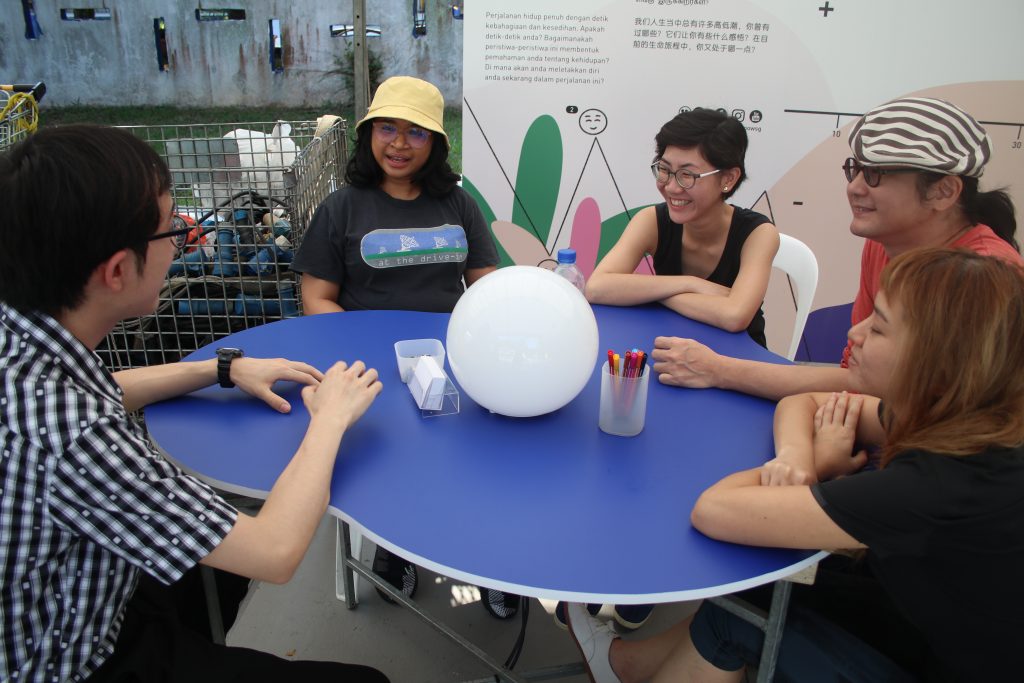
Though many people admire and appreciate the arts, few pursue it professionally. What was the deciding factor for you?
GK: For me, being a theatre practitioner and being a “good human being” are very closely related. I always try to bring values I consider to be important into my work as a theatre director, and vice versa. I love what I do because it allows me to have conversations with many different kinds of people. As a modern society, we increasingly operate in silos, so I value any opportunity to create room for more conversations.
RL: I like that theatre offers a kind of collective experience, where music, visuals, lighting and various other elements come together. But the most exciting aspect, for me, is the audience: whether I hold a concert or write a book, it’s always the audience that closes the loop. Additionally, theatre has changed my perspective of what it means to be successful: I now seek success not from society, but in being human—in who I am. I believe that the arts acts as a sort of counter-balance to a society that prizes the commercial value of things and overlooks the individual’s value. The arts have reconnected me with living the human experience on a deeper, more purposeful level.
SS: I’ve realised, over the years, that the type of theatre and art I’ve made has always revolved around the idea of making positive changes. I believe the arts is an important vehicle for changemaking. Personally, I’m not very articulate, so the best way for me to exercise my thoughts is through my body. In the type of theatre that I make, meaning is conveyed via movement and gestures.
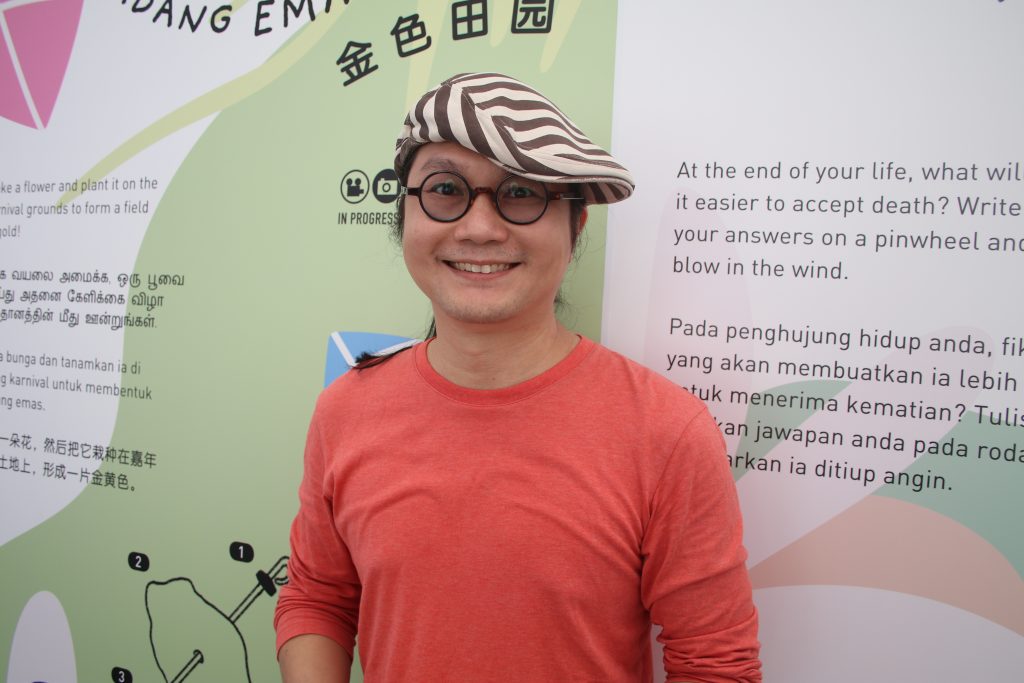
Ric Liu
How do you see the social significance of what you do, especially through your involvement in Both Sides, Now?
GK: Both Sides, Now is a community engagement project that explores what it means to “live well and leave well” through art performances, exhibitions and activities that are staged in the heartland communities. Now into its seventh year, it engages people both at the individual as well as societal levels. Even if you didn’t attend a performance or see an installation in your neighbourhood, you might read about it in the news or hear about it from someone who participated. Both Sides, Now has really created focal points for people to have conversations and share experiences about a common topic. I’m also seeing the social impact of this programme in terms of its growing volunteer pool—year after year, people are not only returning, but also recruiting new volunteers and encouraging their family and friends to attend shows. This has really shifted the conversation around end-of-life issues.
RL: When we speak of social change or impact, I am, first and foremost, the person I am trying to change. If others see a positive change in me and in turn seek a change in themselves, all the better. There are bright and dark sides to life, just as there is alternation of light and shadows. Most times, society teaches us to shy away from topics like death and dying, and there’s a general fear of discussing it. But death comes to us all—sooner or later, we are forced to see it and deal with it. Both Sides, Now takes the arts to the community, uses theatre to tell stories, and helps people recognise they need not feel alone, helpless or fearful.
SS: For me, the social impact of my work lies in learning how to better my role as an advocate and contributing player towards a good cause. In the seven years since its debut, the Both Sides, Now team has managed to build an idea entirely from scratch, push it all the way through, and convince more people to get on board with their movement. They took a taboo topic like “death and dying” and normalised conversations about end-of-life issues.
IC: Speaking more generally, I believe that by taking an active interest in something—whatever the cause—and by being curious and excited, that will influence more people to join the conversation and generate meaningful discussions.
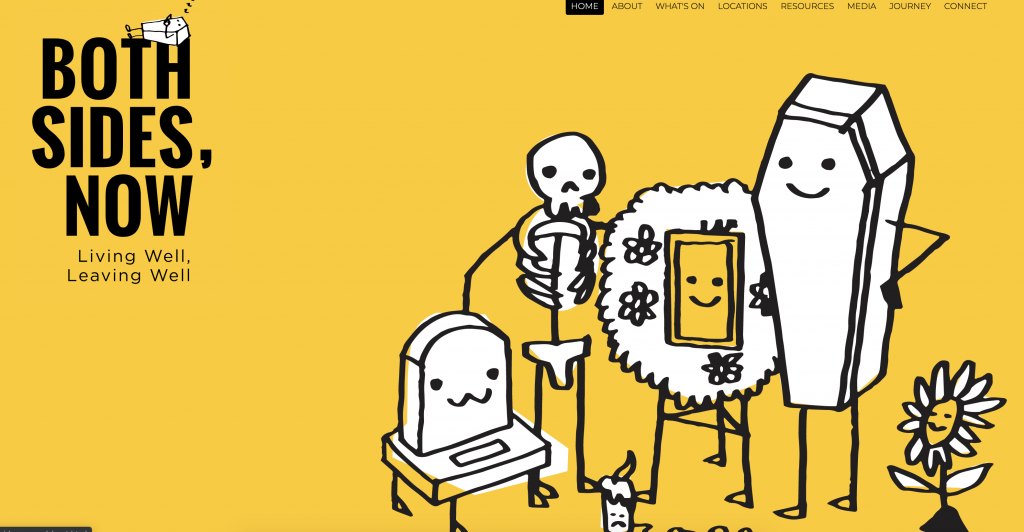
Screengrab from Both Sides, Now website.
How do you see Singapore as a place for aspiring artists to develop themselves?
IC: Whether you’re in Singapore or elsewhere, it all boils down to knowing what you want and learning how to ask for it. As an aspiring artist, you must be clear about what interests you, and let that clarity lead you forward. The challenge is in figuring out what you want to do, as we often know what we don’t want rather than what we do want. SS: What I see happening in Singapore is the idea of organising independently without holding on to a company. For instance, people as young as 16 can easily get together to form a band or any other kind of arts group. Whatever you choose to do, it’s a generally conducive environment—the arts community is helpful and you can easily find answers and resources. That has been my experience.
RL: Our physical location is not the issue. Wherever we are and whatever we do, we will face limitations. No matter how large your canvas, it still has boundaries. So being an artist is really about conveying a snapshot of your imagination, and letting the audience complete the picture. As creators, we can focus too much on ourselves, but we should always be aware of what we’re creating and who we’re creating for.
GK: Singapore’s arts landscape has changed a fair bit over the decades. There’s definitely a lot more happening now, and these days I can more confidently say to younger people: “I don’t think you’ll starve in Singapore as an artist.” However, the playing field has also changed. For aspiring artists, it’s not so much a question of whether they want to do it; these days it’s more about self-awareness and sustainability. Artists who don’t engage in their craft “full time” tend to face some stigma, but I believe in doing whatever you need to do for yourself, and what you feel comfortable doing for a certain amount of salary. That can mean balancing your artistic work with other things that are more “commercial” if it helps you become more sustainable.
RL: Creators should also have a sense of humour. Don’t take yourself too seriously. What I’m observing among Singaporeans in recent years is that they can be too serious; they tend to complain or be negative. If we can develop a certain levity—not necessarily with jokes, maybe black humour or something similar—everything will become a lot more interesting. As artists, you’ll also proceed with less fear and produce works that are a lot more vibrant.
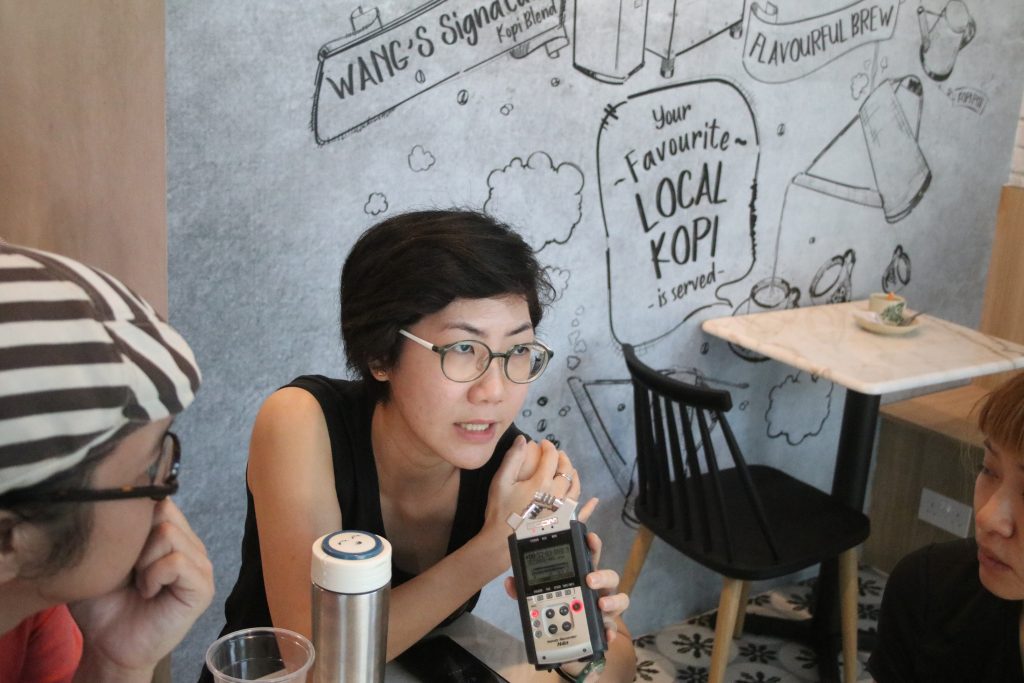
Gua Khee
As arts practitioners yourselves, what has been your greatest difficulty? IC:
I’ve been struggling with the notion of accepting and even embracing failure. I hear many people say things like, “Failing is the best thing!” but at the end of the day, our society is still extremely unforgiving of failure. Personally, I’m pretty harsh on myself when it comes to failure. Not everyone has the privilege to fail, or has a safety net in place in case they don’t succeed. For many, failure isn’t an option because there is just too much at stake. Having said that, my fear of failure has also resulted in me taking very calculated risks: I don’t have the same sense of wonder and “invincibility” I did as a much younger artist.
SS: At one point, my mental health suffered when I heard people say that I wasn’t good at what I was doing. During those times, it felt as if everything I said was wrong, and all that all the ideas I put on the table were bad. The depression ate me up artistically, creatively and affected me as a human being. As performers, we’re constantly putting ourselves in a vulnerable position, and dealing with emotions all the time. I had to learn to pick myself up time and again, and with the support of my colleagues, I regained my confidence to make art again.
RL: Personally, the difficult part of being a creator is to start something, though completing it is also the most rewarding part.
GK: I don’t fear failure per se, but I dislike giving other people trouble as a result of my “failures”. I’m okay with doing more work myself, but not as okay when other people have to do more work because I didn’t do enough preparation. Nonetheless, I don’t believe there will ever be a perfect piece of work. There will always be things to work on, so we have to learn to be fine with that fact, and trust that we’ll get better every time.
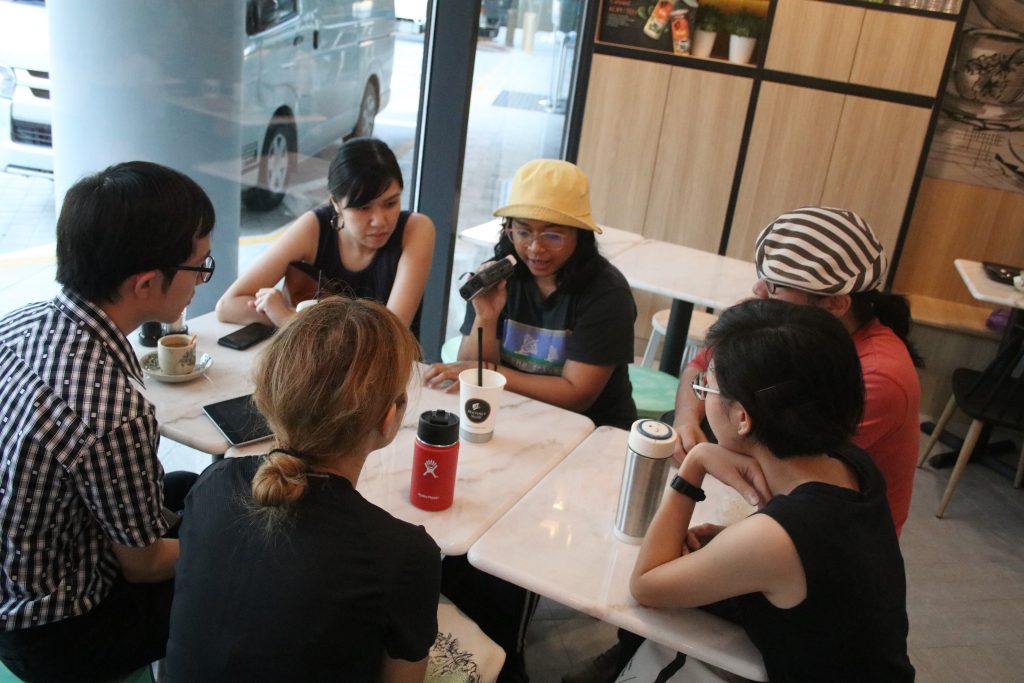
Who’s your artistic inspiration?
IC: Antoni Gaudí, a Spanish architect.
GK: Different things about different people inspire me. I’m really moved by the magic emerging from the works of Robert Lepage. In terms of political thinking, I enjoy the words of Paulo Freire. Within the Singapore theatre scene, I admire the denseness of Cake‘s work. I also appreciate the critical generosity of Corrie Tan, and the genuineness and humour within Eng Kai Er‘s work.
RL: My mother is my inspiration: not only is she a wonderful cook, she’s also really innovative and sensitive to the people she’s cooking for. For example, before she prepares any meal, she will consider the weather, what we’ve been eating over the past few days, and what we’re lacking. Putting all these factors in play, she creates a masterpiece on every plate and bowl, and we can taste the love in all her dishes. My mother inspires me to create things for people I love.
SS: My colleague Siti Khalijah is my inspiration. We entered the arts scene at the same time and she’s now one of the best Singaporean Malay actresses. I remember sharing a stage with her on a new production: on the first day, she said she was nervous. However, three months into rehearsals, she’d already memorised all her monologues and done all her homework. It was impressive.
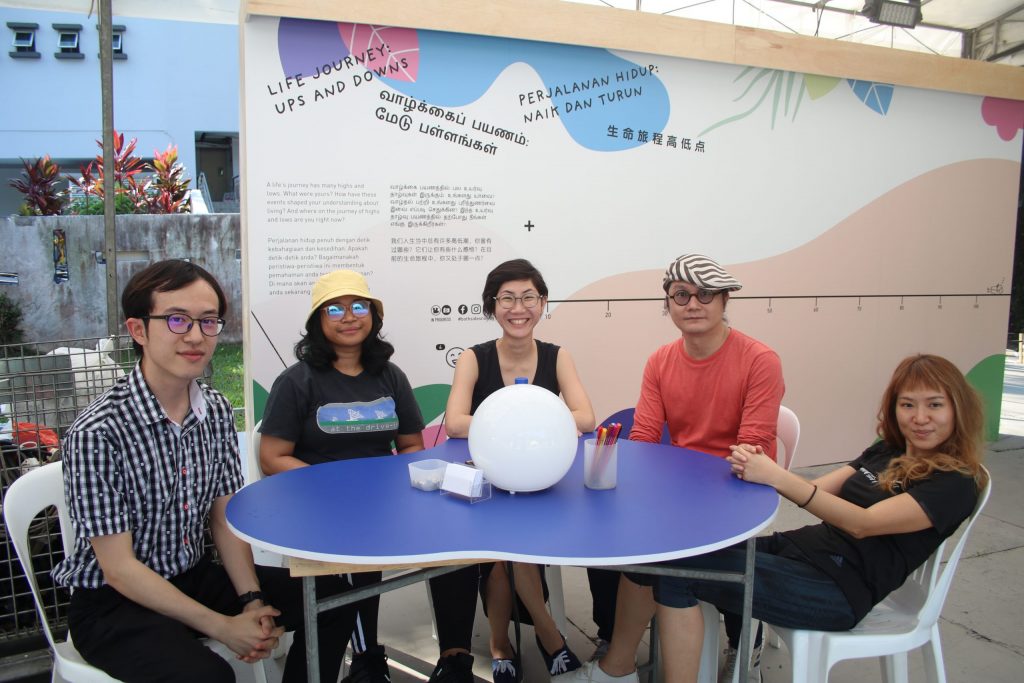
What are some of your most recent works or upcoming productions we can look forward to? GK: My next project, Tactility Studies, is a collaboration with Bernice Lee, a contemporary dance artist. It’s centred around the idea of The-Body-as-Theatre—where we look at the body as a site for memory, as an archive, and as text that can be read. Find out more at my website.
SS: I recently worked on an epic production by Drama Box, called Tanah•Air 水 • 土 : A Play In Two Parts . Held at the Malay Heritage Centre in October, it looked at the dispossession and loss of the indigenous Malays and Orang Seletar of Singapore.
IC: Recently I did sound designing for TheatreWorks’ Three Fat Virgins Unassembled and played a “chiobu” on Broadway Beng . I’m also working on new music.
RL: I’ve been collecting stories for many years, and hope to make at least one film before I die. In the meantime, I’ll continue to be involved in concerts, children’s musicals, and theatre performances.
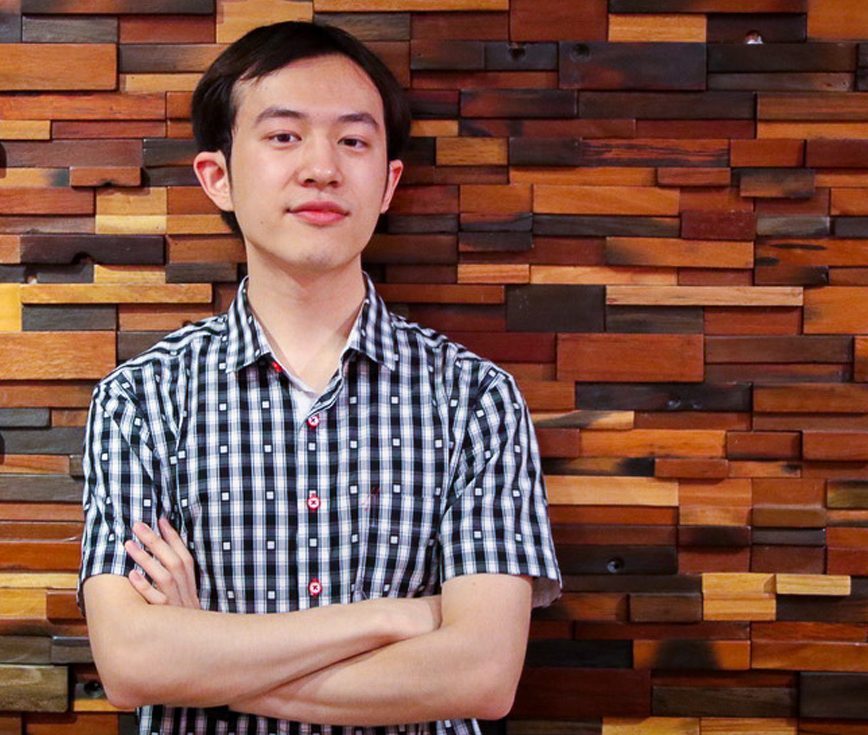 |
Peter Bingxuan Wang was a 2019 Summer Associate (Editorial) at the Lien Centre for Social Innovation. Originally from Beijing, Peter is currently a rising third-year student at Columbia University in New York, where he majors in Philosophy. Interested in the intersection between journalism and social activism, he writes for his school newspaper and is involved with an educational non-profit. In his free time, Peter enjoys travelling, watching movies and reading any book that falls into his hands. He can be reached at bw2550@columbia.edu |

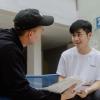


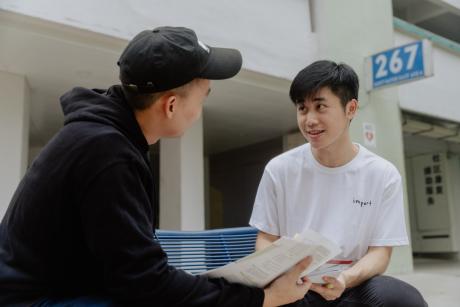



Comments